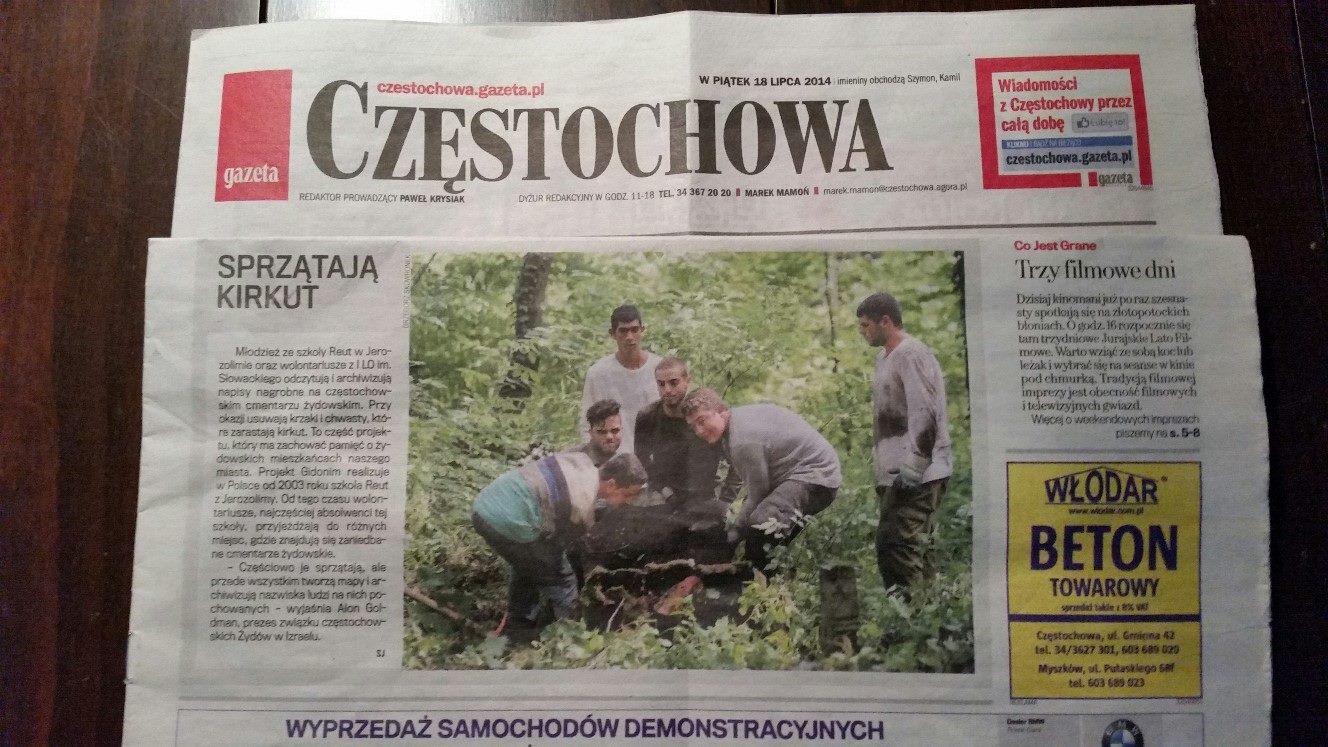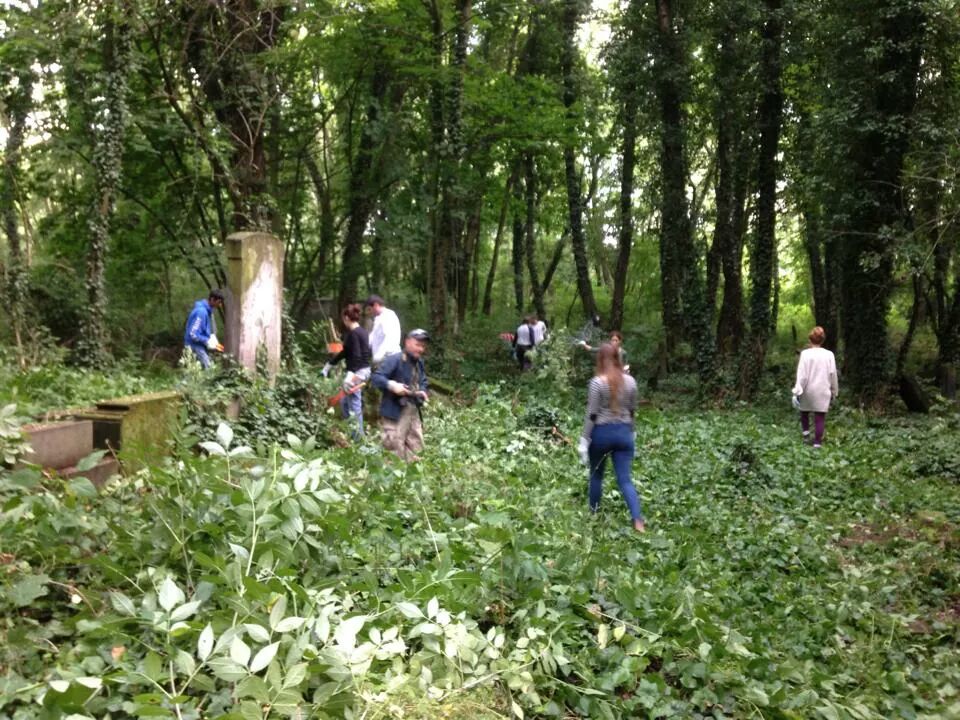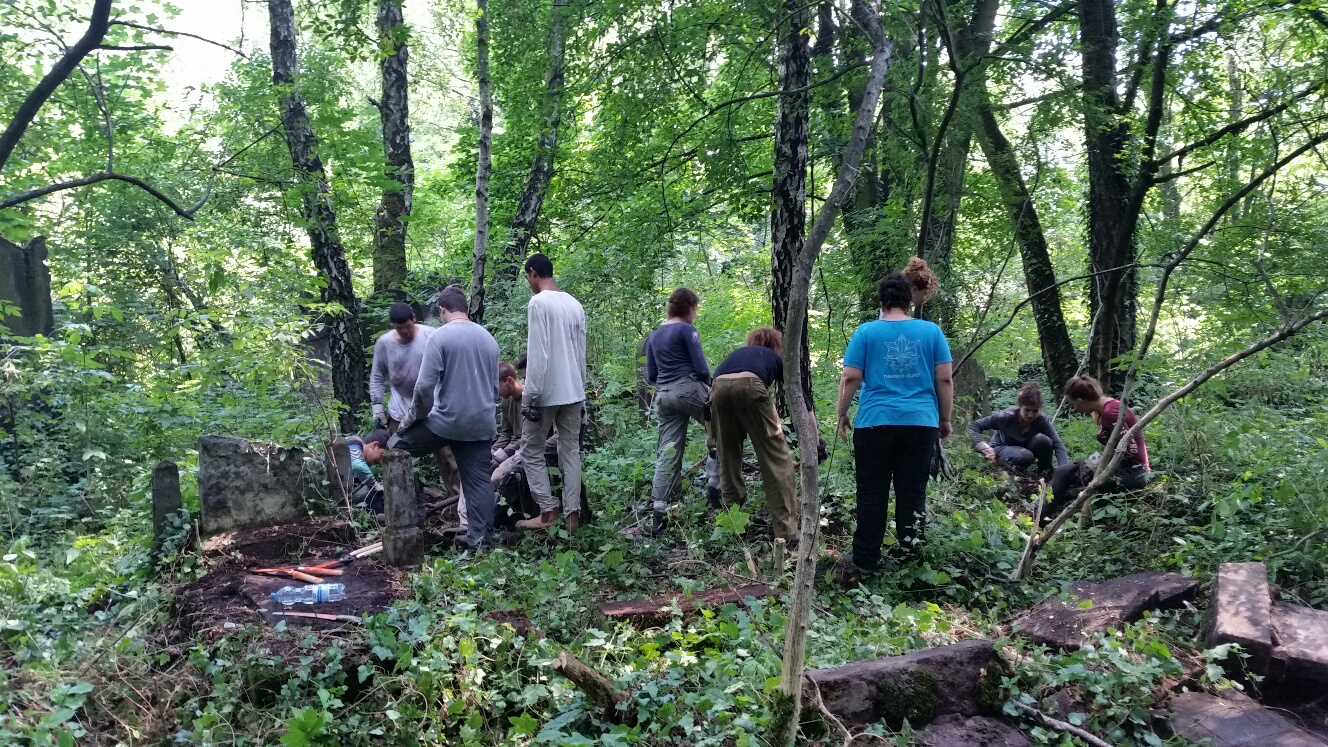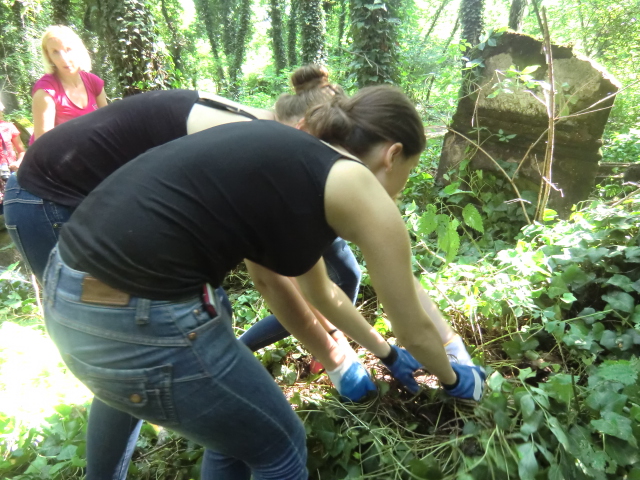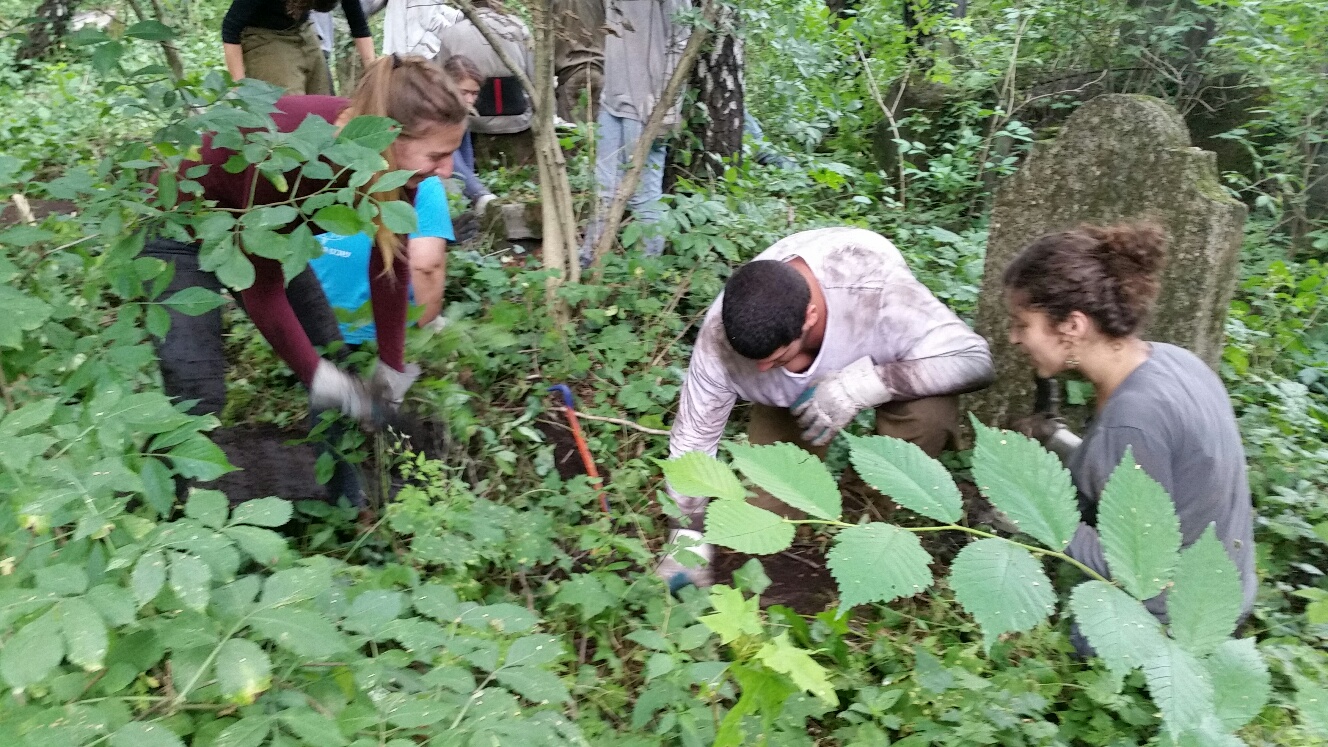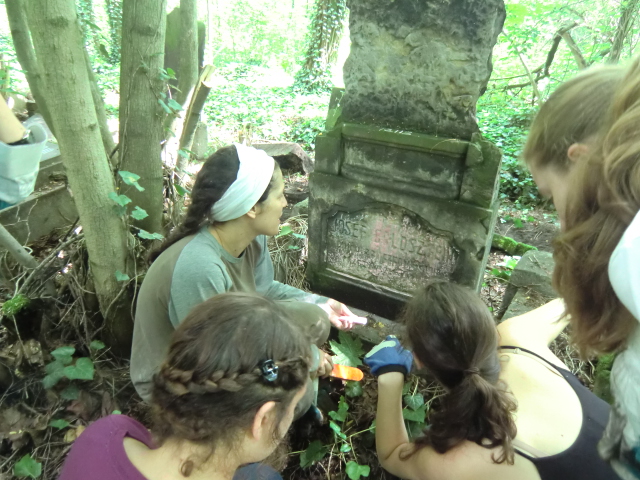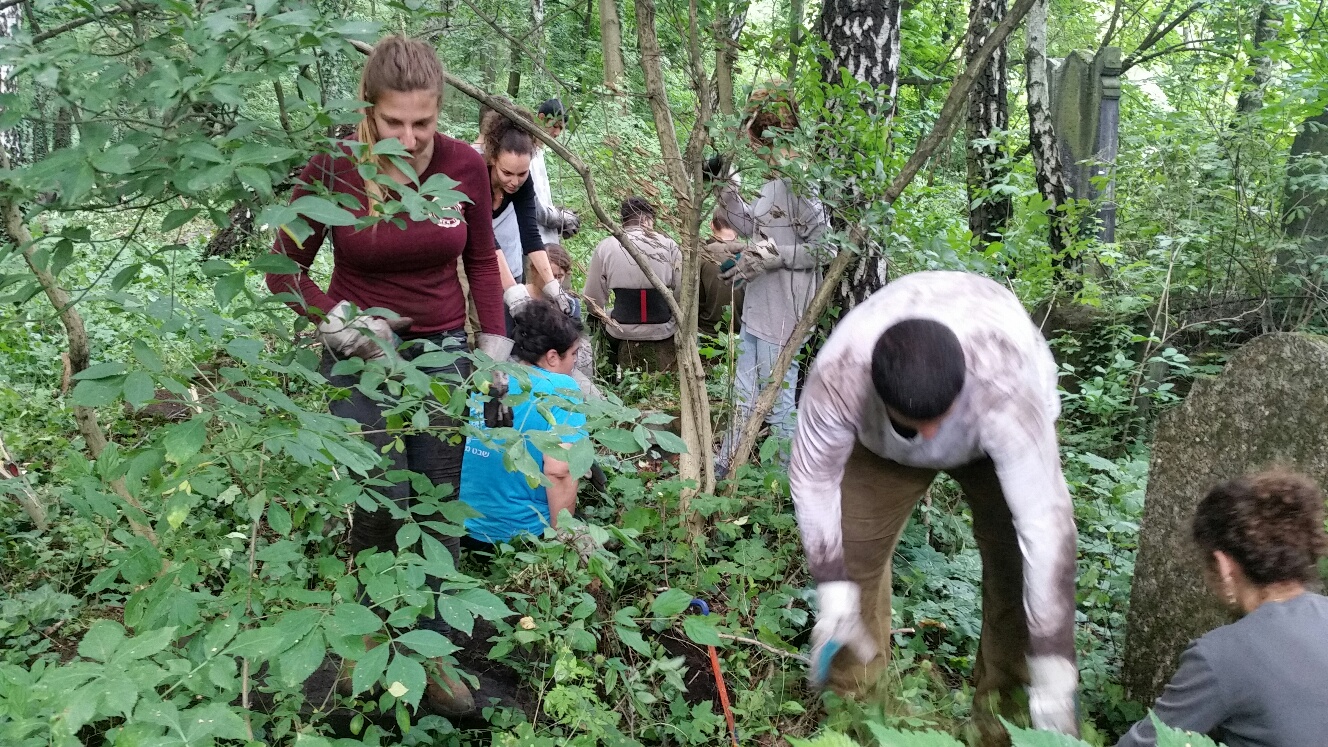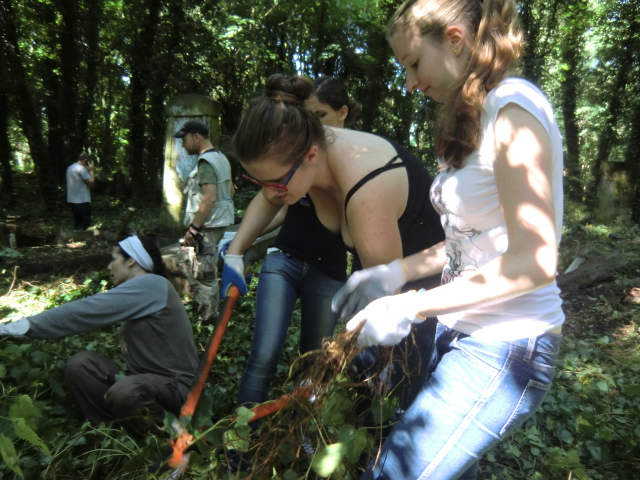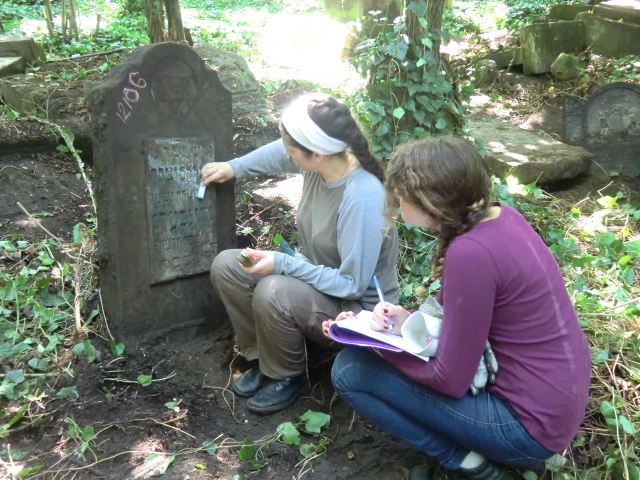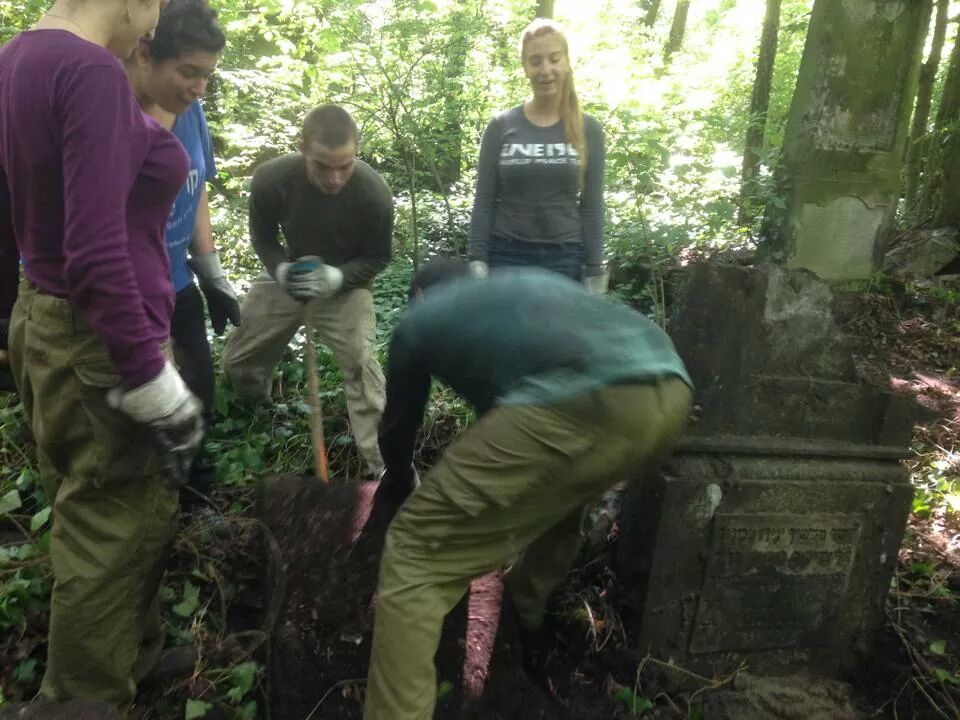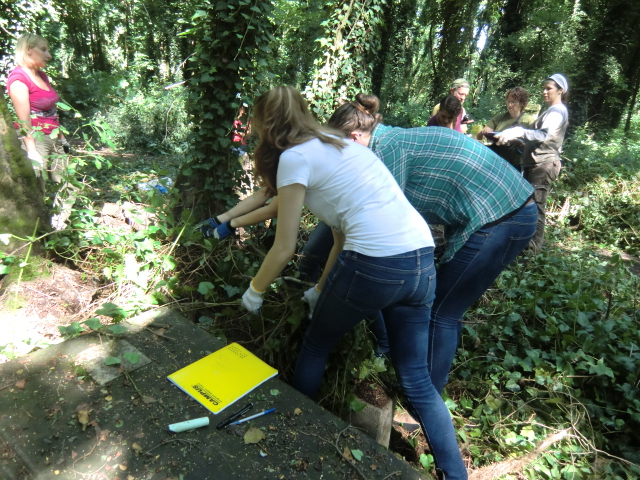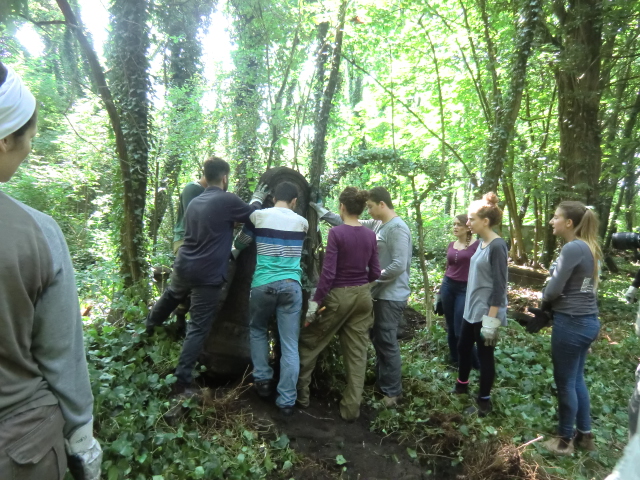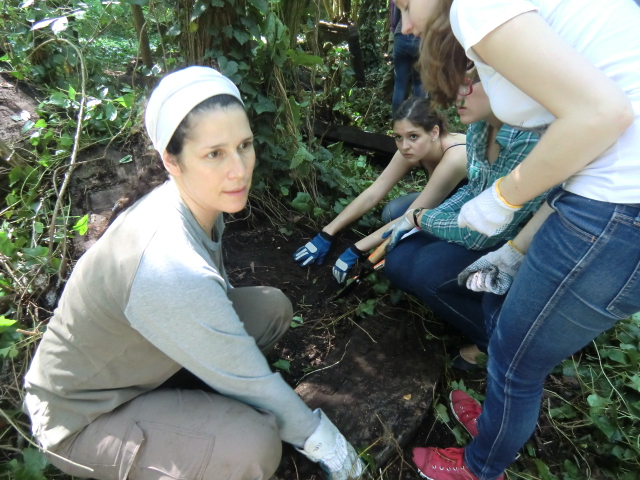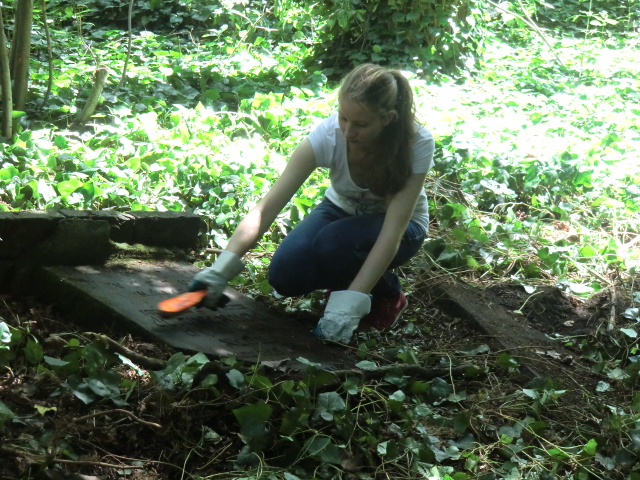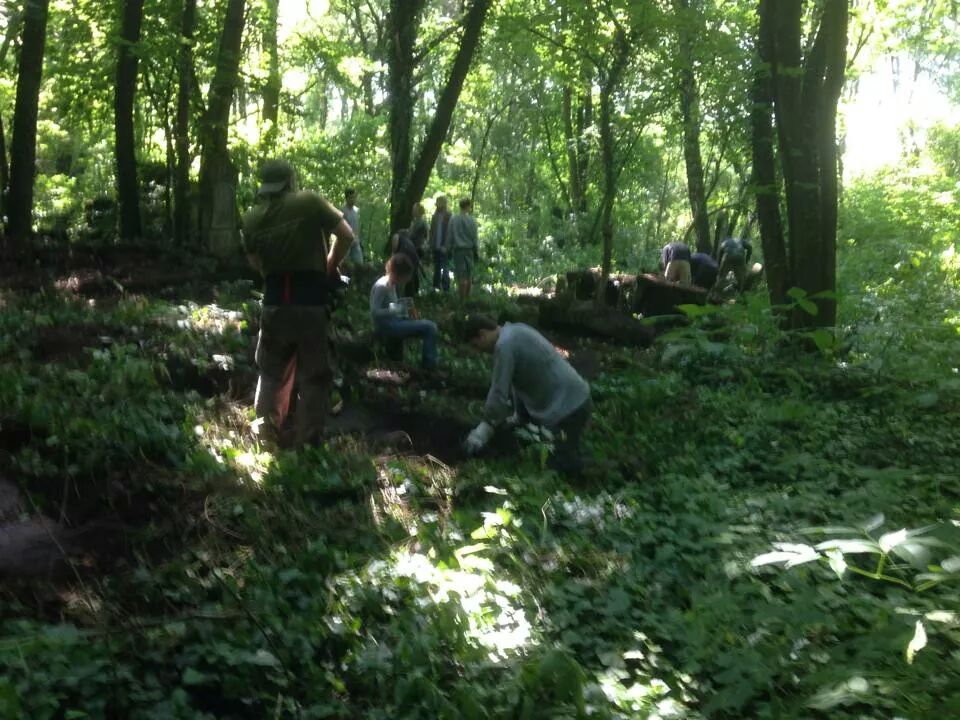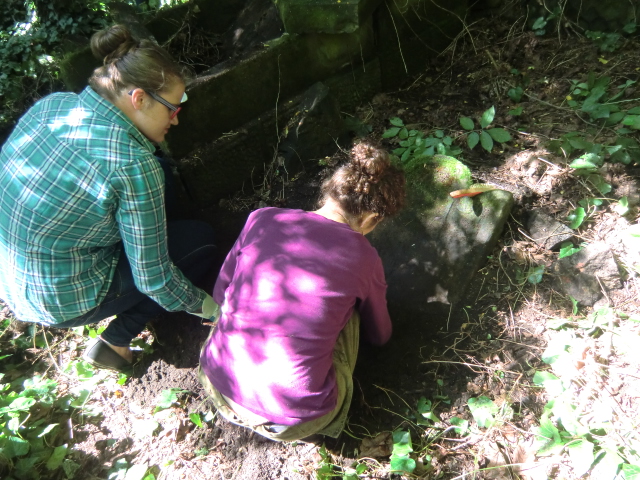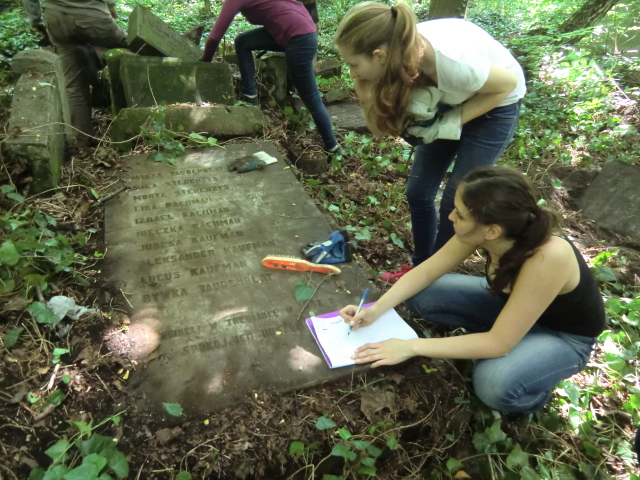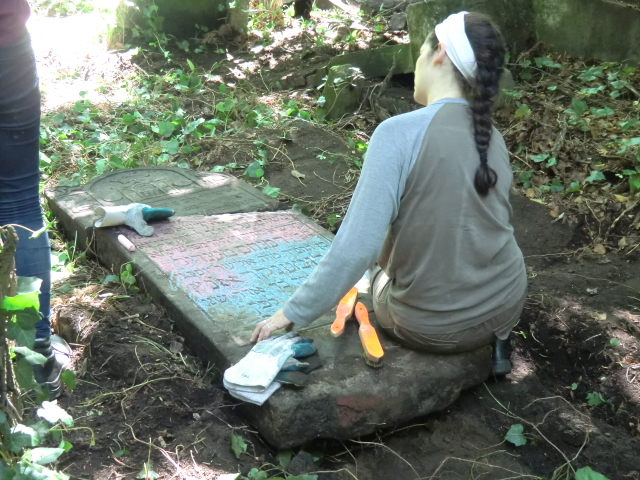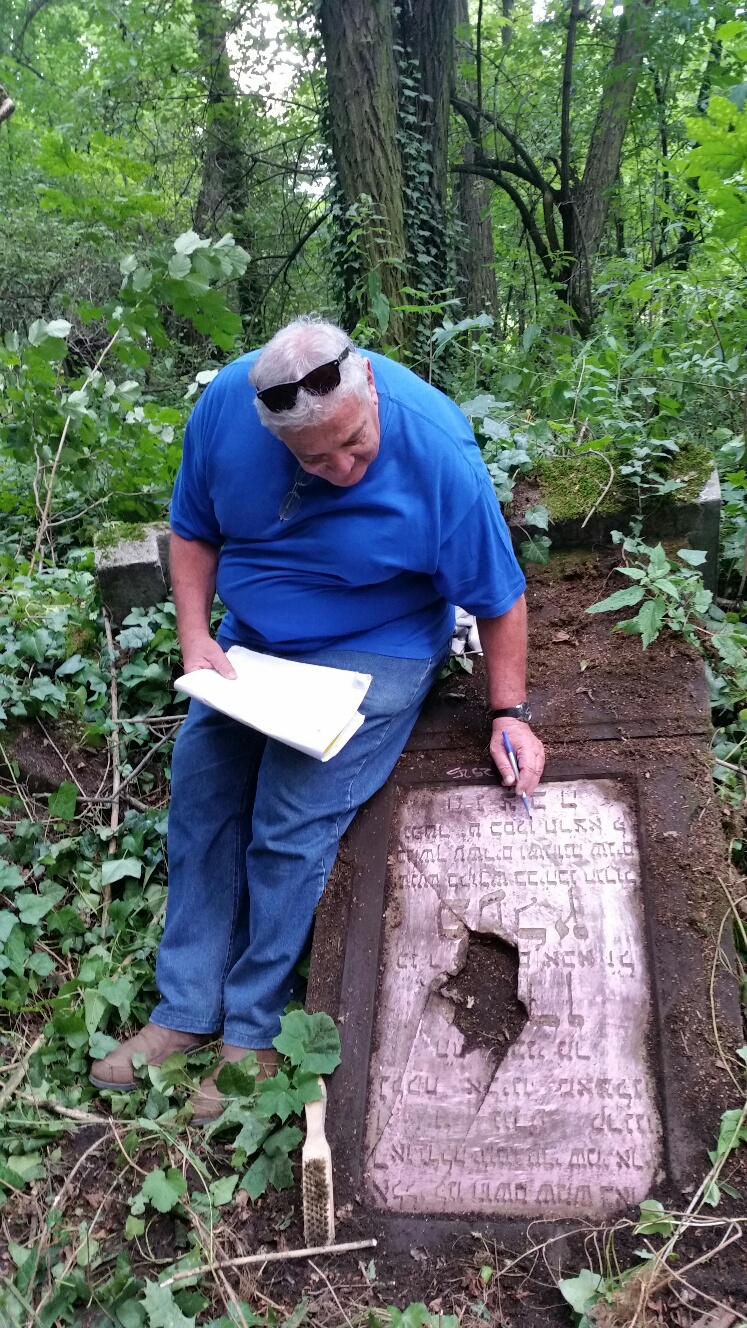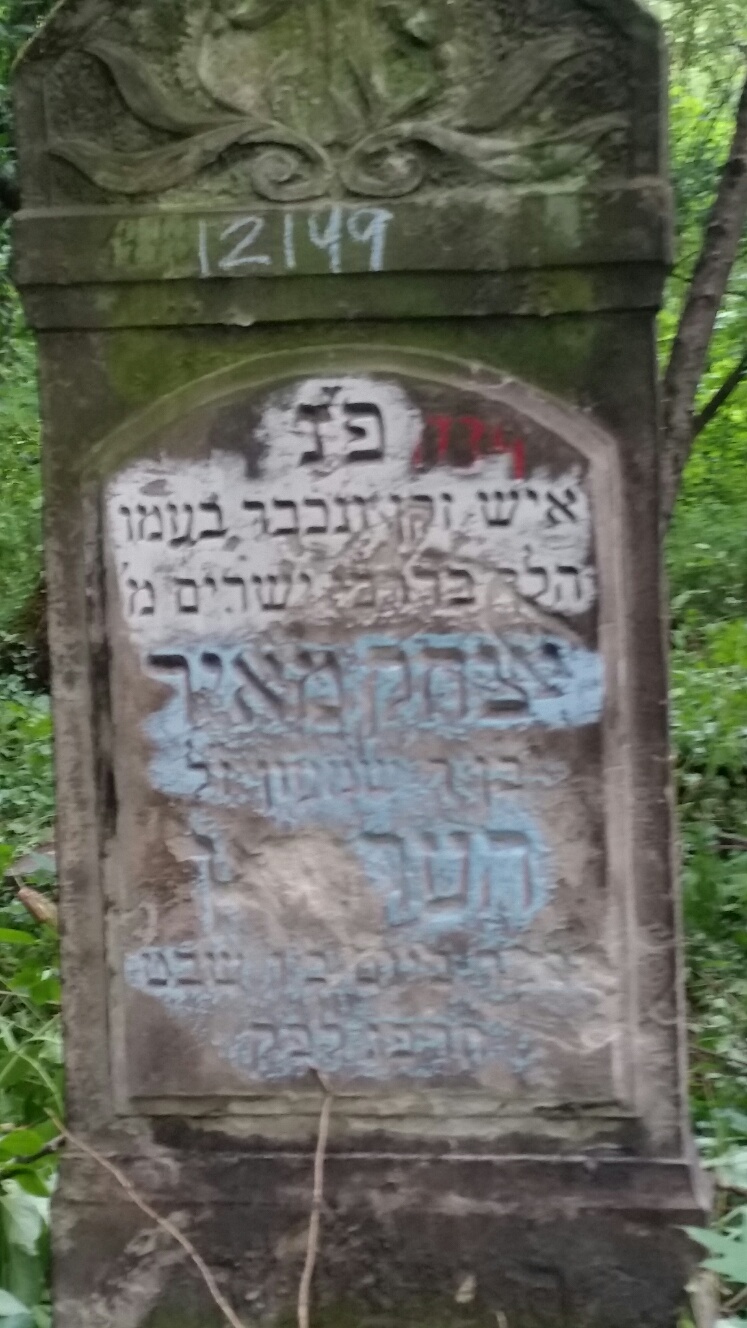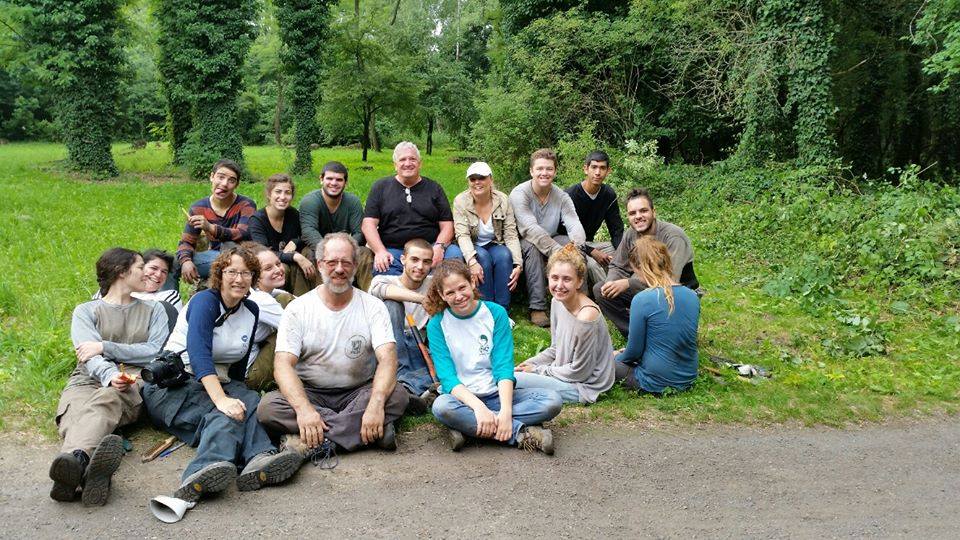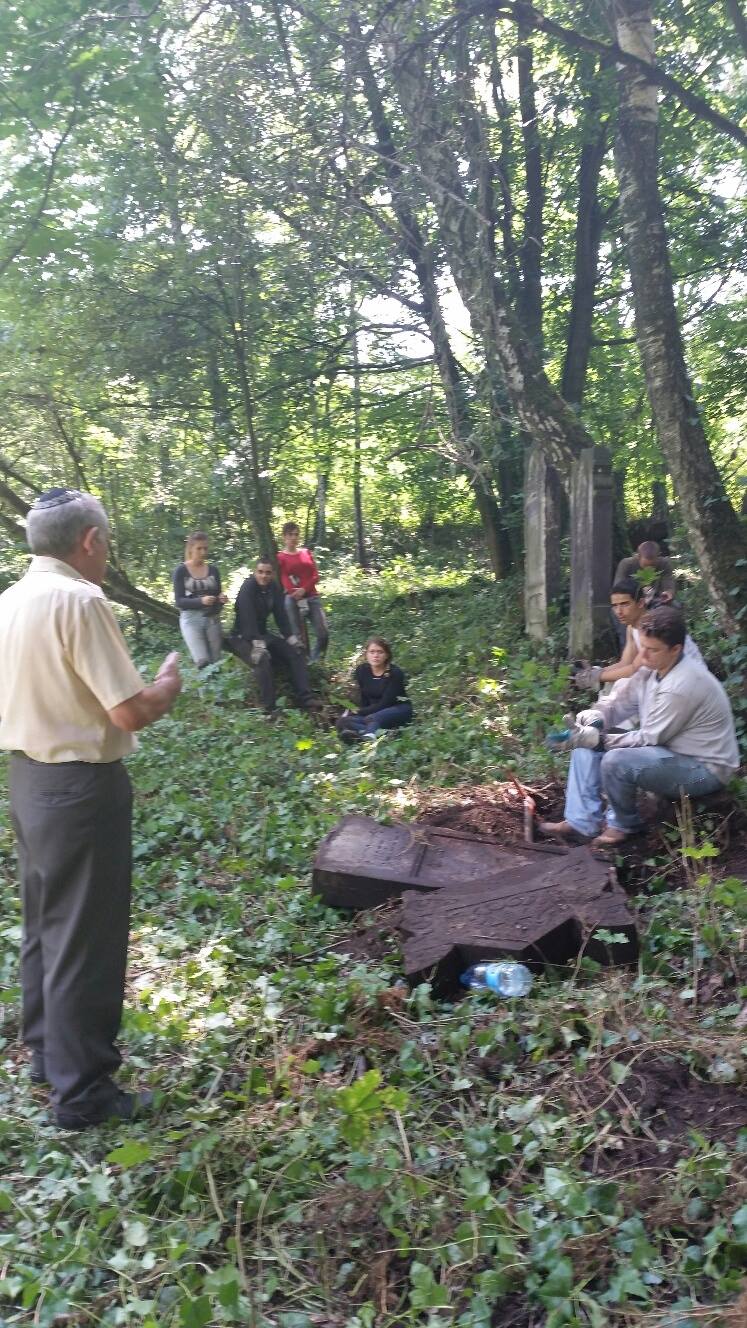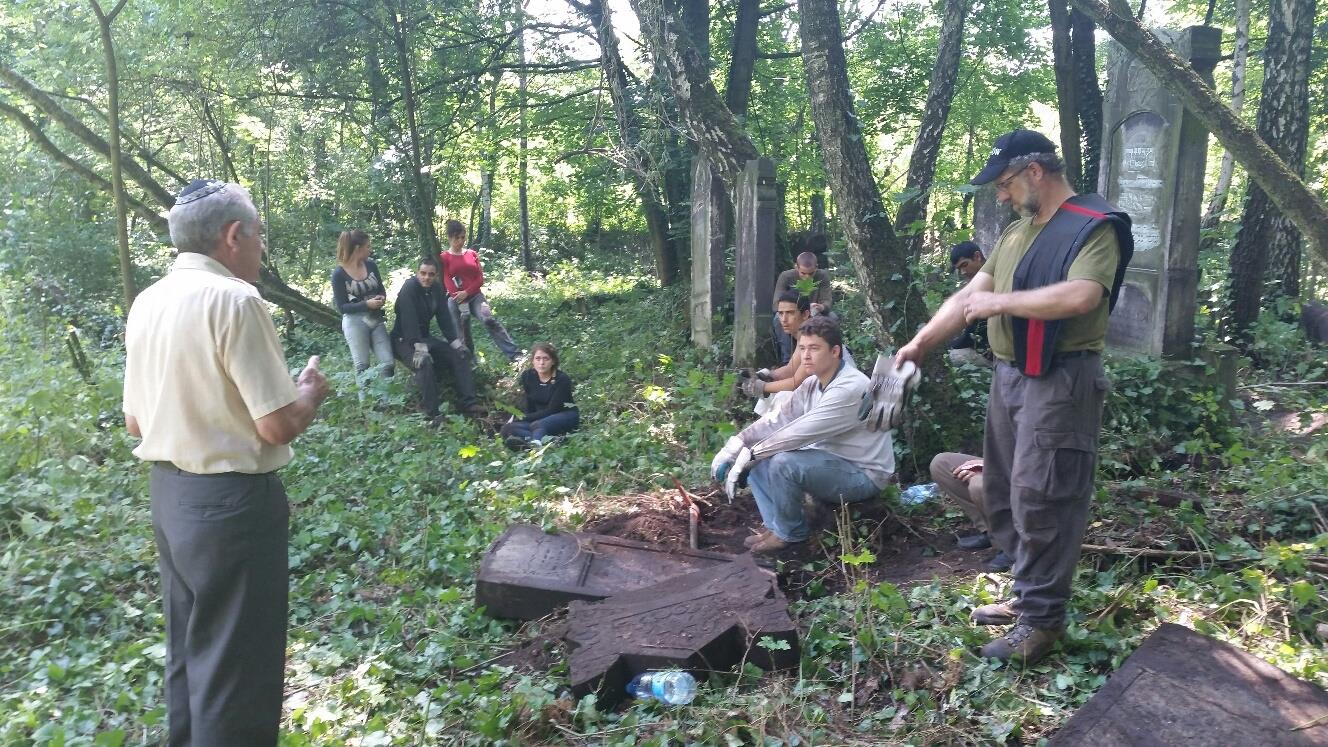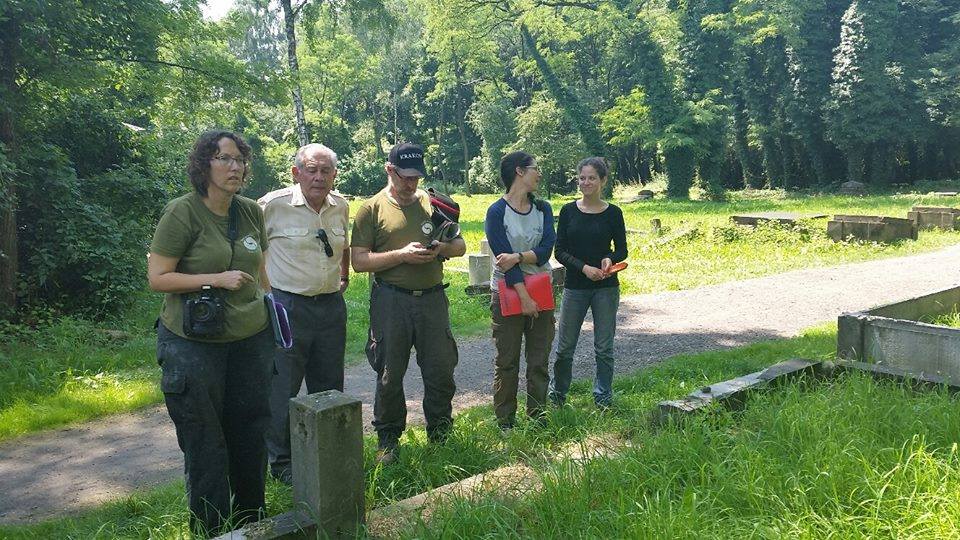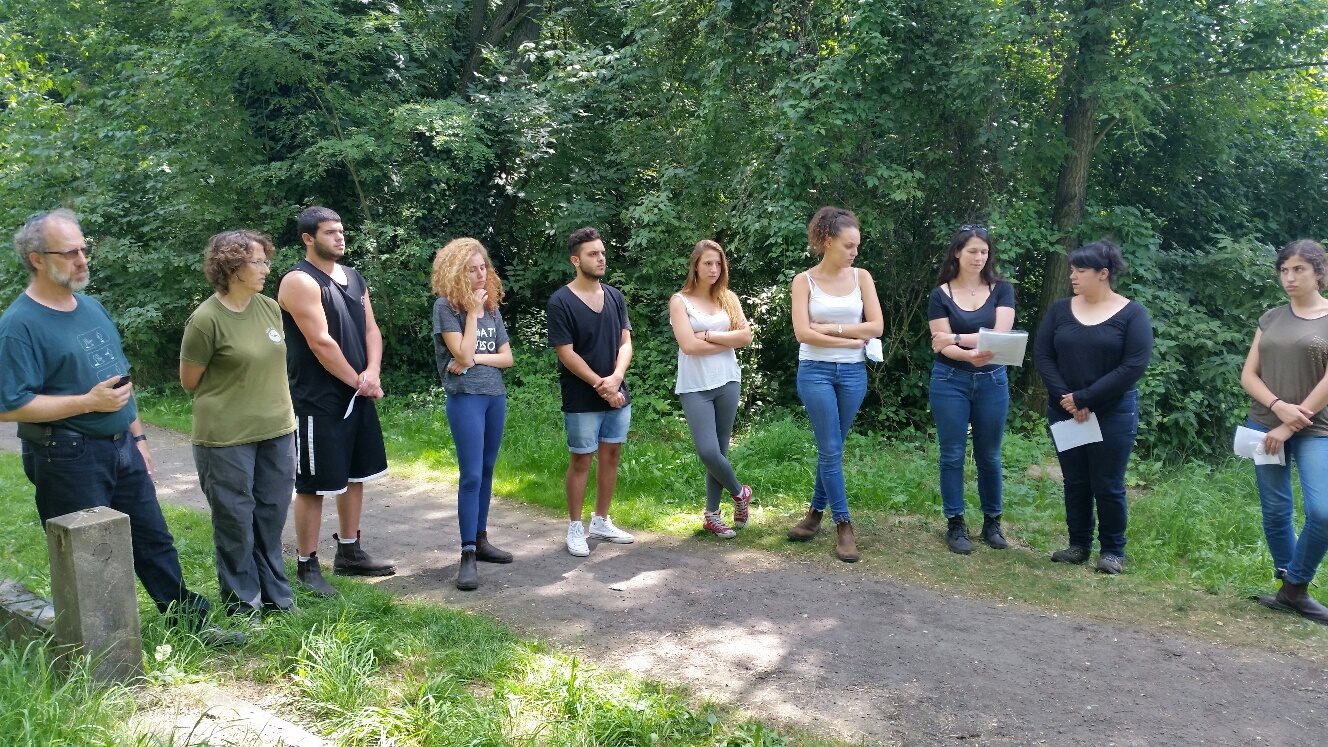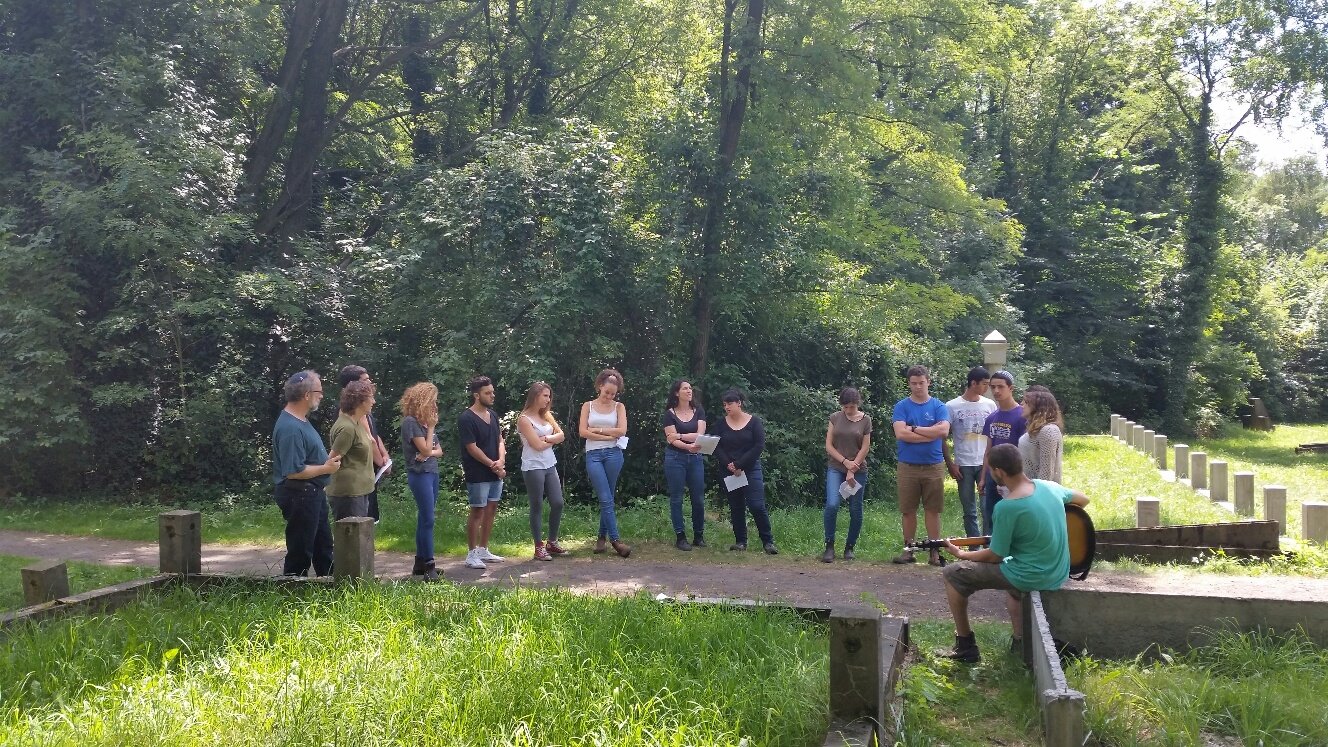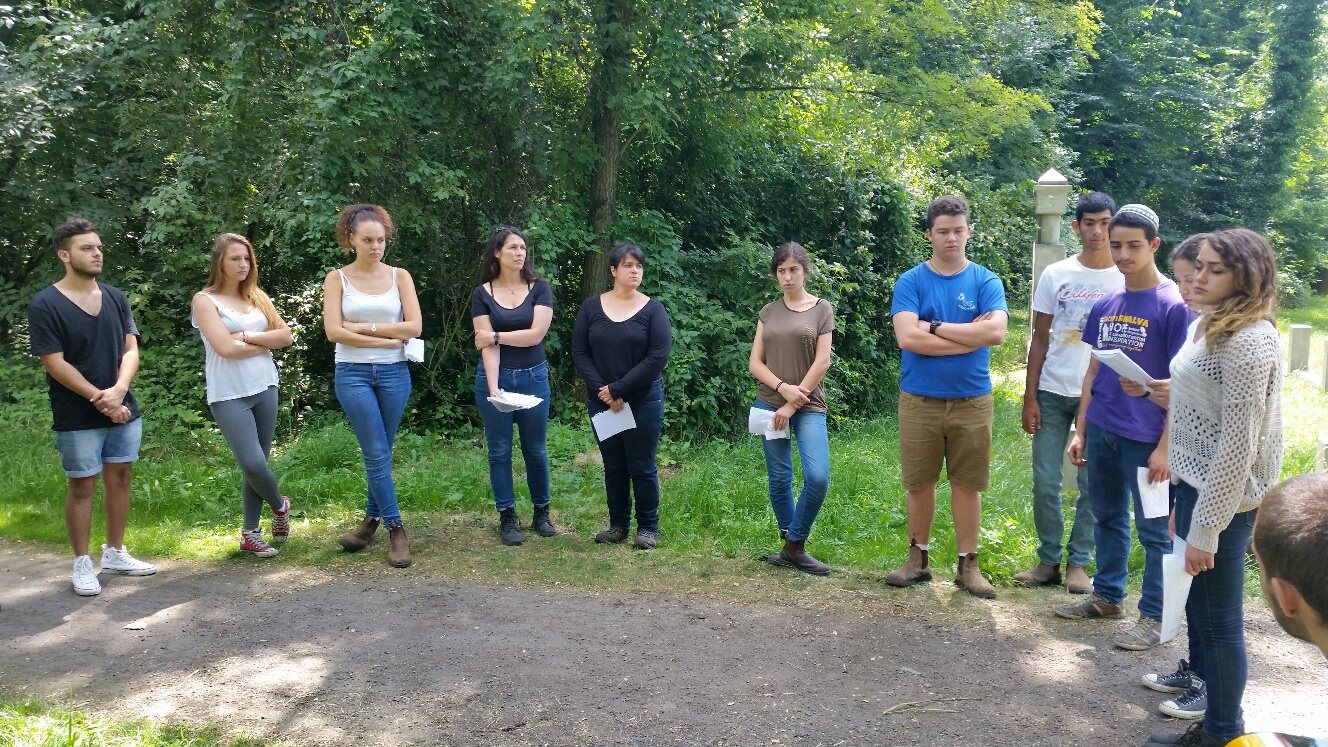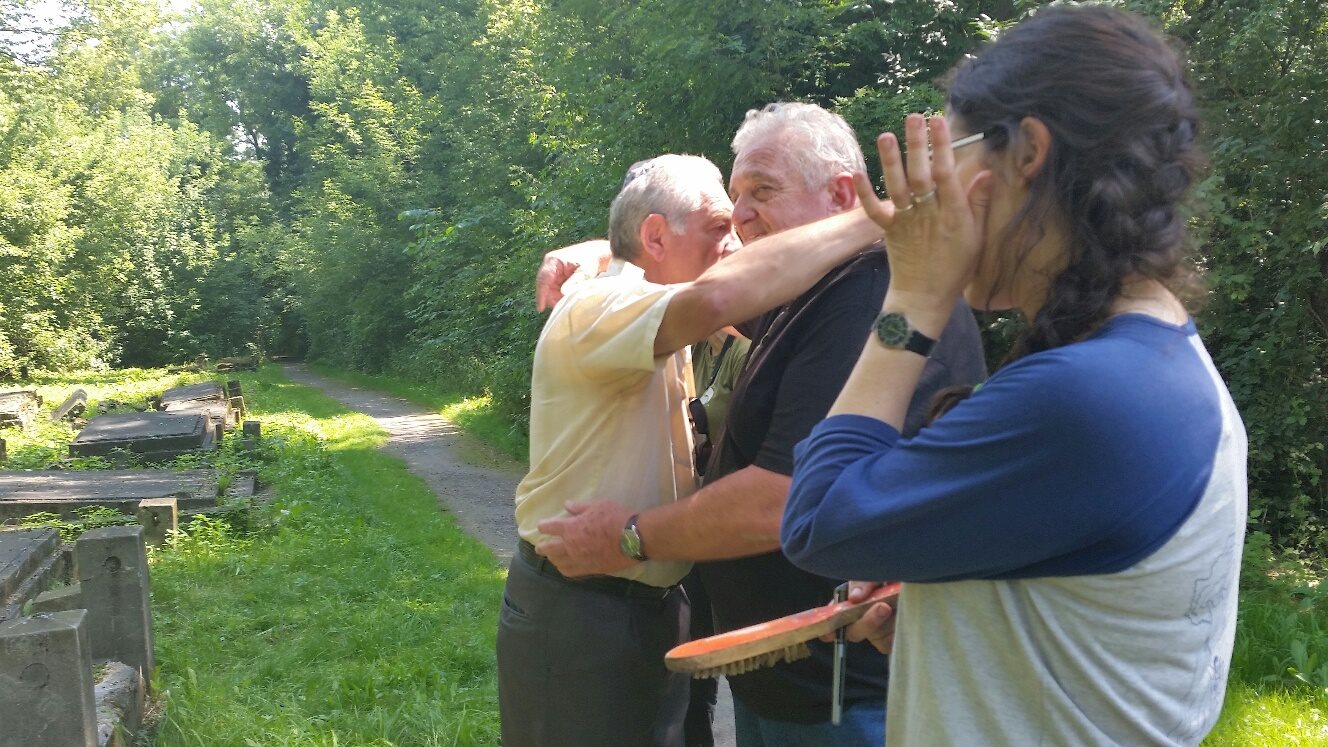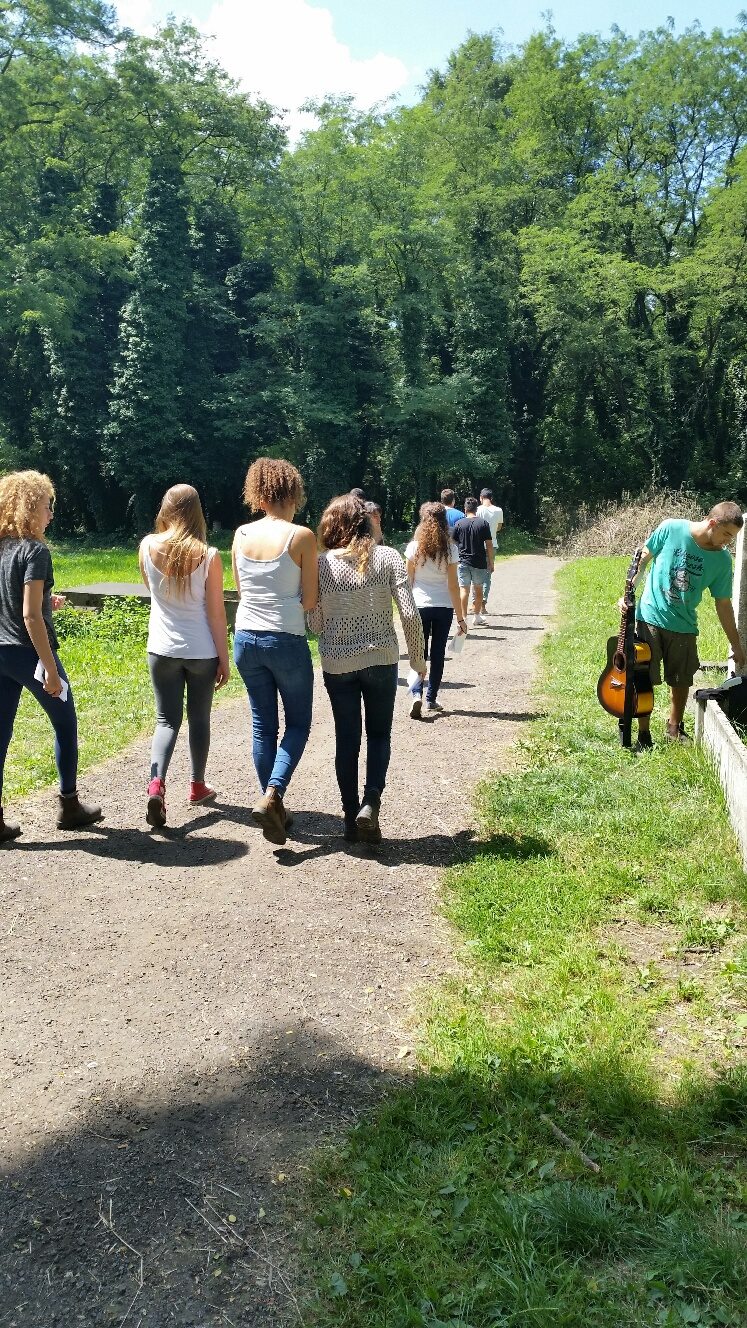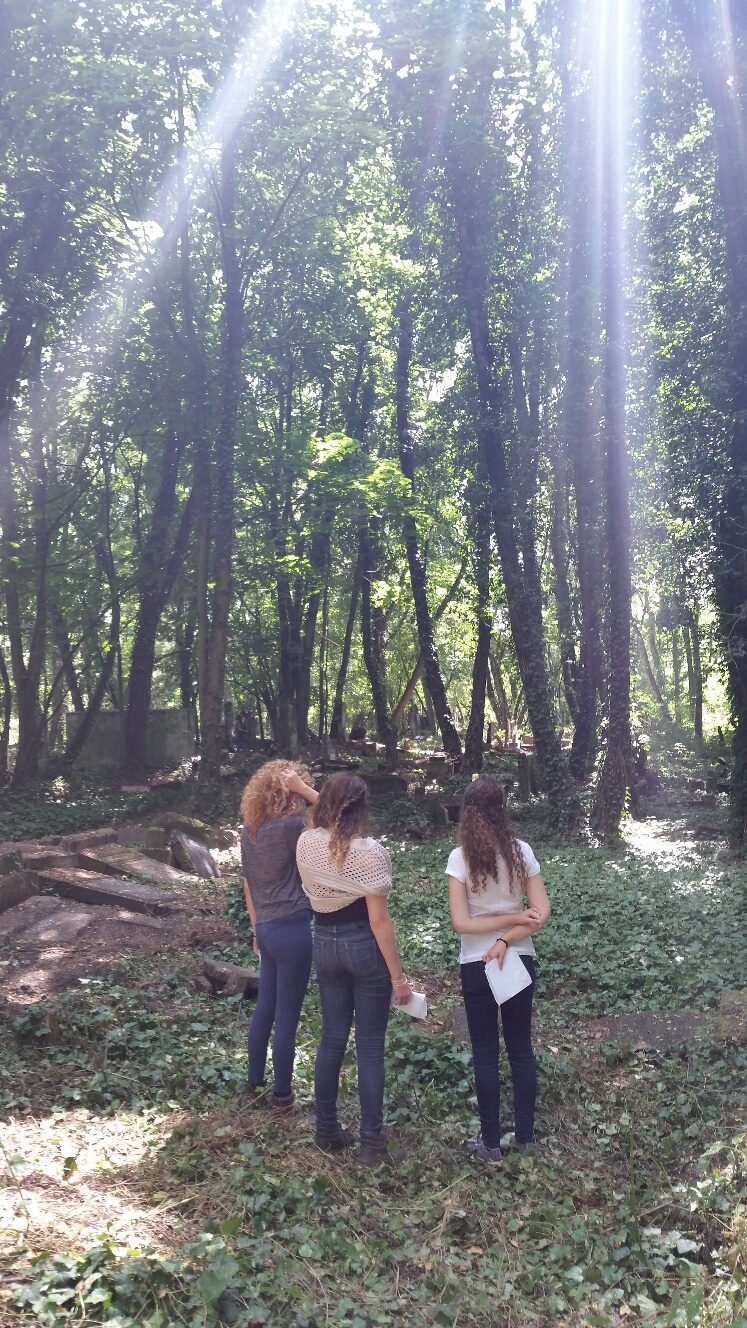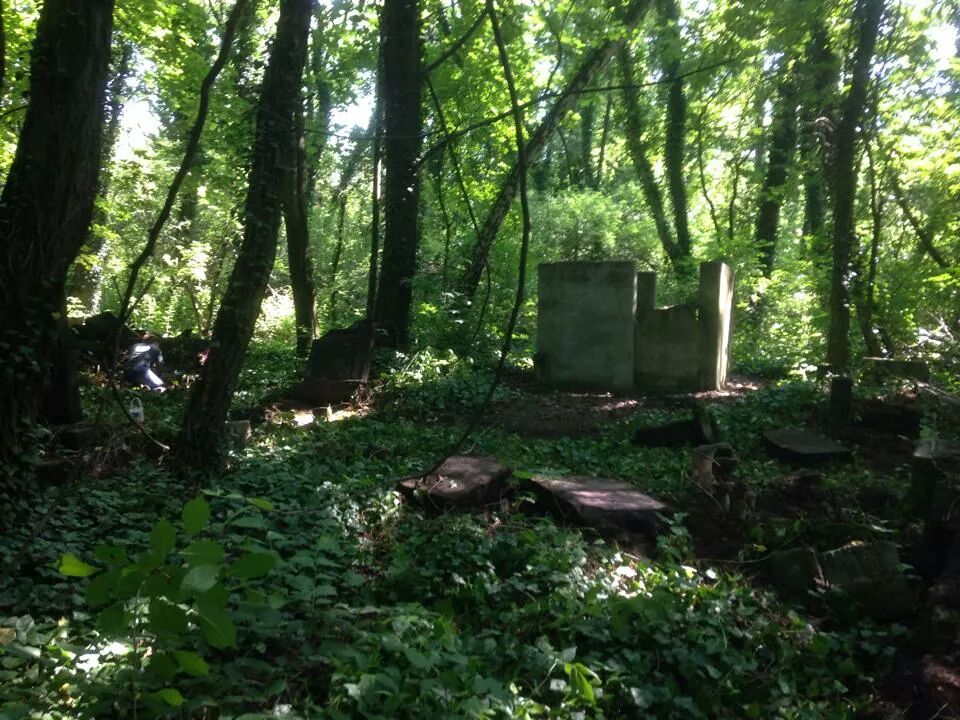This year teachers and students from some of the local high schools, the Slovotzky School, and the Arts School of Czestochowa, helped us. This offered a rare opportunity for Israeli and Polish students to work and talk together. Local Polish historians who focus on Jewish Polish history also worked with us. They use our information to document the history of the community. A young local university student (whose grandmother was Jewish) who taught himself Hebrew joined us as well. Reut students had the opportunity to hear and experience how Poles reflect on the Holocaust and the current renaissance of Jewish activity in Poland.
The group worked for at least eight hours every day and on one evening went, together with the Polish students, on a walking tour of the city. We visited the Jasna Gora and learned about the special place Czestochowa holds in Christian belief. We learnt about the process that modern post-communist Poland is undergoing to create a new Polish identity. In addition, the group learnt how Jewish history in Poland is a part of that process. Polish newspapers also interviewed the group.
The group spent Shabbat in lovely Krakow where there is an active Jewish community, prayed in beautiful shuls with local Jews and visiting groups from around the world. We went on a tour of the Vavel castle with a local guide who has studied in a joint program for Israeli and Polish teachers. We learned a lot about Polish history and culture.
On Sunday 20.10.2014, we returned to Czestochowa with renewed energies. The day began with Alon Goldman the vice president of the organization of world Czestochowa Jews and the president of the Israeli chapter, guided us on a walking tour of Jewish Czestochowa.
The group has received a lot of support from the ancestors of Czestochowa Jewish community and we have a special relationship with the Jewish community both historically and physically. Alon Goldman told us his family story of survival and we visited the synagogue, the ghetto, the train plaza where Jews were sent to Treblinka, which now has a beautiful monument.
The group visited a mass grave in the old Jewish quarter and the Hasag work camp. There we heard the story of Rena Quint an Israeli survivor from nearby Piotrkow, who at the age of four worked at the Hasag disguised as a boy. She survived many concentration camps and due to the heroism of numerous women, she survived. When the camps were liberated, she no longer knew her name. Later, an American Jewish family adopted her and she has used the American Red Cross archives to recreate her personal history. We also visited a hidden bunker under an apartment in the Ghetto where Jews hid during the Holocaust.
The group returned to the cemetery with renewed dedication and continued to work in the area near the mass graves. Later the group met with another survivor from Czestochowa, Savrin Schperling, who now lives in Arizona. Savrin returns to Czestochowa each summer to light a candle at the mass grave in memory of his parents who died during the Holocaust. Emotionally, he related to us how his parents gave him to Polish friends in 1940 at the age of two and a half, when the massacres started. These Polish friends hid him for two and a half years in an underground hiding place. When the war ended, he was five years old and he discovered that he no longer had any family and did not even have a picture of his parents. In a tearful ceremony, the group stood with him at the mass grave and said “El Malei Rachamim” for his family. On Sunday, we finished working in the area of the mass graves.
On Monday 21.10.2014, the Mayor of Czestochowa met representatives of Gidonim in his office. The meeting was between the Mayor and Gidonim Coordinator, Dina Weiner, Alon Goldman, a representative of a local television news group and a local professor of Jewish Polish History that the Gidonim groups have worked with on an ongoing basis. The mayor was very interested in our work and offered future logistical assistance. He even sent kosher ice cream to the cemetery for the students. The group managed to finish half of the area behind the mass graves. All together, the group documented approximately 900 matzeivot. There is still at least another year’s work left in this cemetery.
During the rest of the summer, we worked on preparing the documentation to upload this new information to the project’s website. The work of the Gidonim project is documented in the following website: http://www.gidonim.com/
